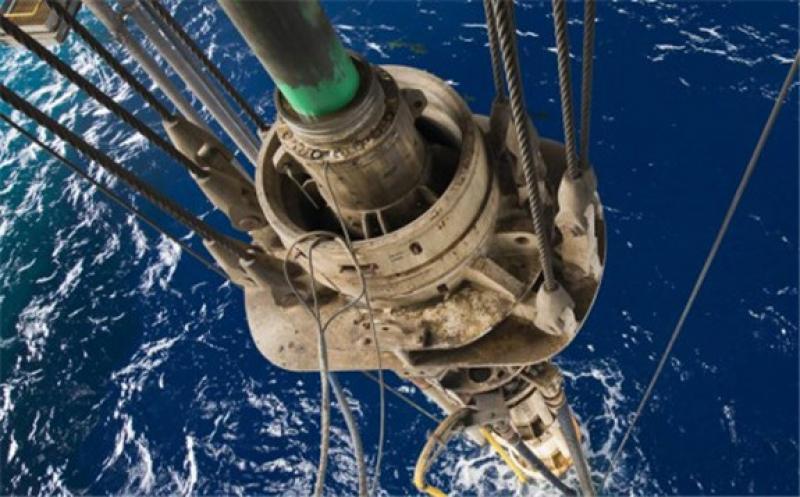“Everybody is predicting a surplus of supply starting from the first or second quarter,” next year, Russian Deputy Energy Minister Pavel Sorokin said on the sidelines of this week’s oil industry even in Abu Dhabi.

The only question is when exactly that surplus will take place—but the difference is only a few months, according to Sorokin.
“Inventories have stopped drawing, which shows there is no deficit at the moment,” Sorokin added.
Russia took the opportunity to point fingers at the U.S. government, which has for weeks been accusing OPEC of refusing to increase production to ease gasoline prices at American fuel pumps.
According to Sorokin, the U.S. Federal Reserve’s policy has a much greater impact on the oil and gas market than the supply and demand situation.
This is an important distinction because BP’s CEO Bernard Looney, for example, also at Adipec, said that he expects oil prices to “remain robust for some time to come.”
The general consensus among those who ventured to comment on OPEC’s future plans is that OPEC+ will stick to its production plans by agreeing at the next OPEC+ meeting to add another 400,000 bpd to the group’s production quotas.
According to Saudi Arabia’s Energy Minister Prince Abdulaziz bin Salman, inventories could already begin to rise next month and into Q1 2020, adding that this 400,000 bpd would be “enough”.
“We need not to panic,” bin Salman said, “we need to be calm.”
Adipec, the rare in-person oil and gas industry event, also was a platform for discussions about the COP26 outcome. OPEC Secretary-General Mohammad Barkindo expressed his disappointment with the COP26 talks. This is the first COP talks that targeted the oil and gas industry yet didn’t involve the industry in conversations about how to slow climate change.
“For us attending in Glasgow, this was an alarm bell, Barkindo said. “I left Glasgow with this sobering feeling.”